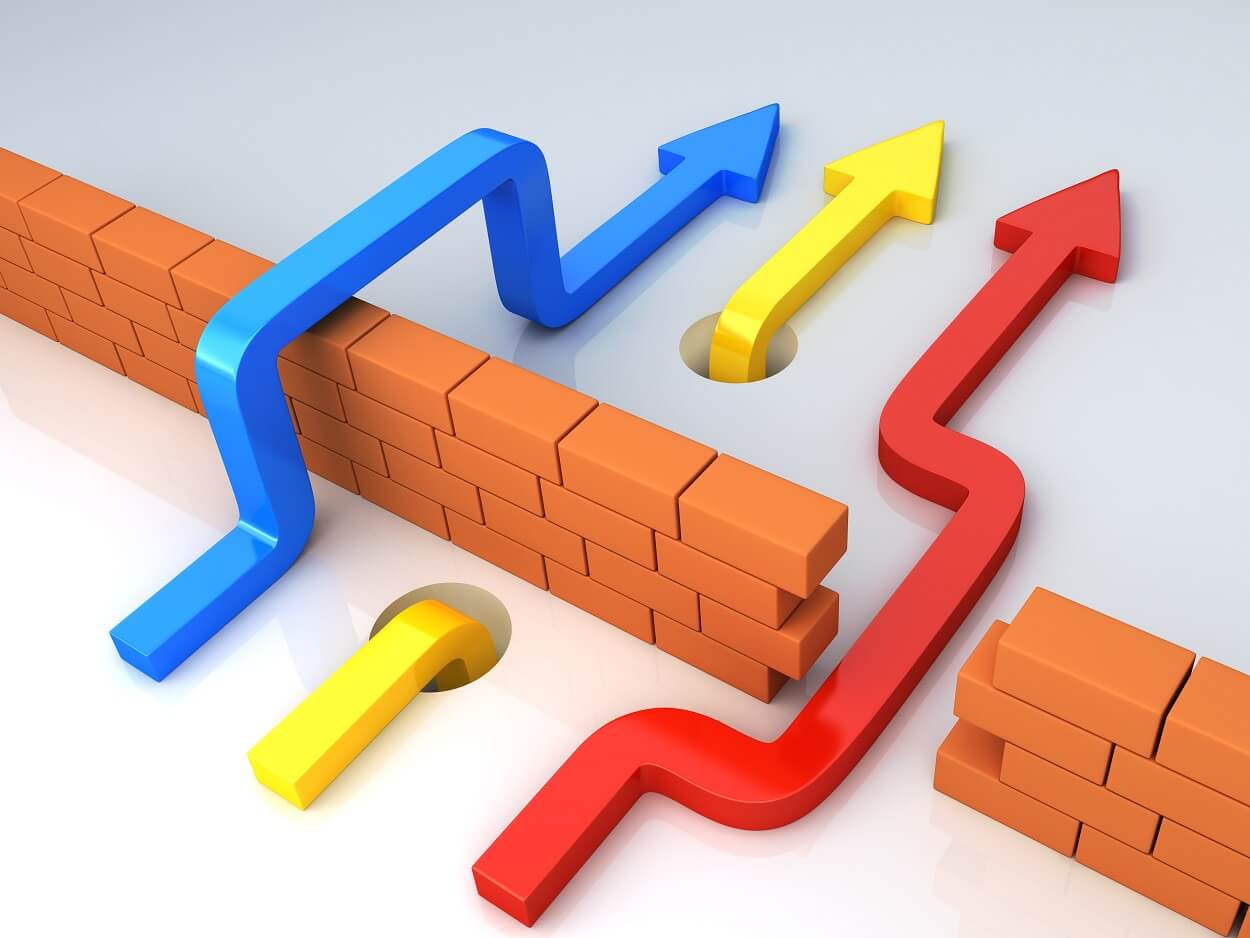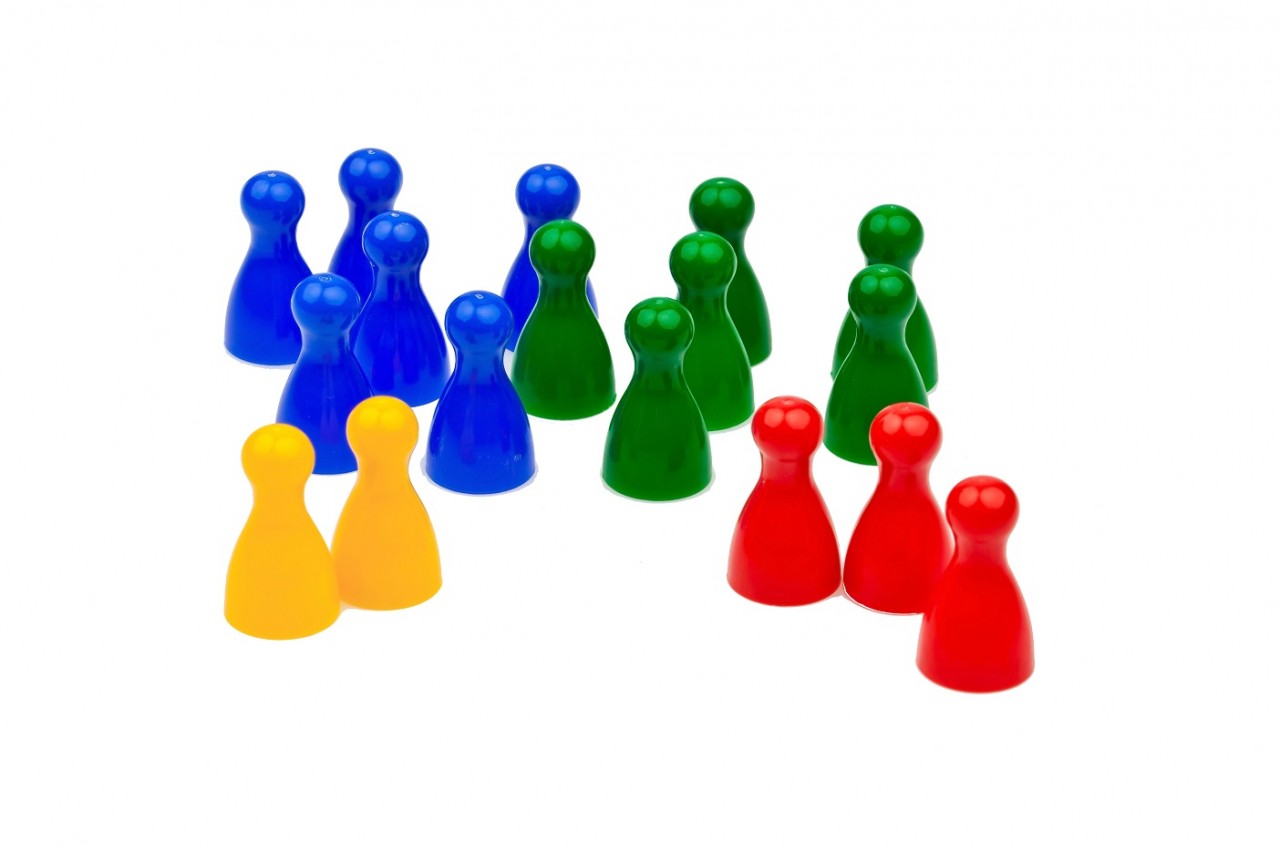 It is not the strongest of the species that survives, nor the most intelligent that survives. It is the one that is most adaptable to change. Charles Darwin
It is not the strongest of the species that survives, nor the most intelligent that survives. It is the one that is most adaptable to change. Charles Darwin
Adaptability is the ability to manage and adjust one’s own behaviours in order to efficiently work with new information, a new situation and / or a different context. It is knowing how to be flexible and have the agility to adapt to circumstances, situations, requirements and priorities that change and evolve. It’s understanding the scope and relevance of change, and applying appropriate strategies and solutions.
Adaptability is the ability to modify a thought, an attitude, a behaviour, or a work method, based on people and change, in order to better adapt oneself to present and future environments – the ability to manage objectives, tasks and multiple data while adhering to time, resource and system constraints.
The dictionary defines adaptability as « the ability to adapt to new locations and new situations ». If it’s an ability, it means that it can be taught and learned. Adaptability goes beyond being a skill that we wish to acquire. According to the Harvard School of Business, « the ability of adaptation is the new competitive advantage for individuals and for their organizations » and, according to the Flux Report by Right Management, 91% of human resource managers think that, before 2018, people will be recruited based on their ability to face change and uncertainty.
Adaptability = Flexibility and Agility
Adaptability combines flexibility and agility. Being flexible and agile refers, on one hand, to the capacity of changing course rapidly, like a shoal of fish or a flock of birds, to transform like a butterfly coming out of a cocoon, to evolve like a chameleon that changes color, a snake that sheds, or a tadpole that metamorphoses into a frog. On the other hand, being flexible and agile refers to the capacity to resist turbulence, to bounce back, to survive storms, and to stay on course, like a starfish that regenerates an arm, a lizard whose tail grows back, a turtle that pulls back into its shell, a hedgehog that rolls into a ball, or a camel that stores water to survive in arid situations. People who easily adapt are flexible in their approach and agile in their thoughts.
Flexibility is your willingness to adapt. It’s your attitude.
Flexibility is your predisposition to welcome change, instead of fighting it. People who show flexibility happily change their ideas or their approach based on new information or changing needs. Knowing how to adopt a flexible approach at work and in life increase your chances to reach success instead of maintaining a rigid perspective or series of conviction. Flexible individuals react to change without rigidity; they don’t need to “sink with the boat” because they are able to change opinions when hints suggest that it is what they should do. They are open-minded and tolerant to ideas, orientations and different ways to do things.
Flexibility is:
- Trusting oneself even in adversity
- Responding to change in a positive manner
- Being open to new ideas
- Facing uncertain / unforeseeable work situations
- Respecting and considering others’ choices and needs
Agility is your ability of adapting oneself. It’s your aptitude.
An agile state of mind allows to evaluate and to adjust to different roles, responsibilities and objectives that we have every day by changing our own behaviour or our relational styles based on situation and interlocutors. It’s the ability to create new relationships, new attachments, to receive new data and to modify our behaviour accordingly. Mental agility such as this allows us to be more efficient in the detection and problem resolution – mental agility and innovation often go hand in hand.
Agility implies to be able to train oneself to reinterpret situations and fluid, unexpected or unknown circumstances. It is the aptitude to adapt to new situations, to initiate and to implement change.
Agility is:
- Overcoming failures, obstacles, and limited resources
- Learning new tasks, technologies, and procedures
- Resolving problems creatively
- Dealing with changing priorities and work conditions
We now know that it is more important than ever to show adaptability, with a lot of resourcefulness and creativity in order to efficiently respond to challenges and ceasing new opportunities. Why? Because things change at a pace faster than ever. Change is constant and unavoidable, and the ability to bounce back, revaluate and to adapt oneself has become of crucial importance.





